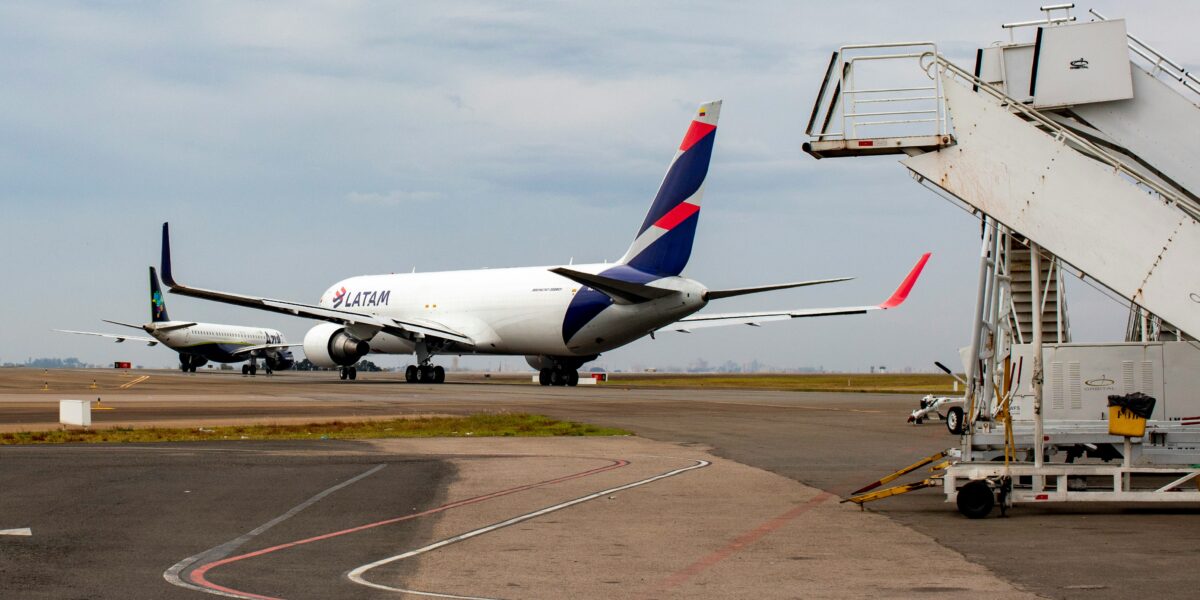In today’s competitive commercial landscape, airports are not just transit hubs but also vibrant marketplaces and brand showcases. The concept of a ‘Brand Ambassador Airport’ has emerged as an innovative strategy where airports leverage branding to enhance their identity, improve passenger experience, and increase their commercial value. This article delves into what exactly a Brand Ambassador Airport is, how it functions, and the benefits it brings to the aviation industry, businesses, and travelers alike.
A Brand Ambassador Airport goes beyond traditional airport operations focused on safety and efficiency, integrating marketing and customer service excellence into its core activities. These airports actively collaborate with various brands to create a uniquely themed environment that reflects both the local culture and the global appeal. For instance, some airports might feature local artworks and regional food offerings that act as direct ambassadors of the local culture and lifestyle. Others might partner with international luxury brands to elevate the passenger experience and create an ambiance of exclusiveness and high quality.
The role of an airport as a brand ambassador can be seen in several dimensions. Firstly, it serves as a marketing platform for the city or country it represents. Airports are often the first point of contact for travelers entering a new destination, and as such, they provide a unique opportunity to make a lasting first impression. By showcasing local art, cuisine, and other cultural elements, airports can promote tourism and local businesses effectively.
Secondly, Brand Ambassador Airports act as venues for experiential marketing for other brands. They provide space for businesses to engage with an international and diverse audience in a controlled environment. From pop-up shops to permanent luxury boutiques, brands can reach consumers directly and benefit from the high foot traffic of busy airports.
Moreover, these airports enhance passenger experience by integrating advanced technologies with customer service. Features like interactive kiosks, augmented reality tours, and personalized digital services not only entertain but also assist passengers, thereby reducing stress and making travel more enjoyable.
However, transforming an airport into a Brand Ambassador requires significant investment in infrastructure, technology, and training. It also demands strategic planning in terms of brand partnerships and marketing strategies. The success of such airports largely depends on the seamless integration of commercial activities without disrupting the efficiency of airport operations.
Despite these challenges, the benefits of being a Brand Ambassador Airport are manifold. For airports, it translates into higher passenger satisfaction, increased foot traffic, and greater retail sales. For cities and countries, it enhances the overall image and boosts economic activities through tourism and international exposure. For brands, it provides a prestigious platform for exposure and customer engagement.
In conclusion, a Brand Ambassador Airport represents a shift towards a more holistic approach to airport management where marketing and customer experience are as crucial as operational efficiency. These airports not only serve their primary function of facilitating travel but also play a crucial role in economic and cultural promotion. As the global travel industry continues to evolve, the concept of Brand Ambassador Airports is likely to gain more prominence, redefining the airport experience in the process.




Subscribe for Updates
Get the latest articles delivered to your inbox.
We respect your privacy. Unsubscribe anytime.